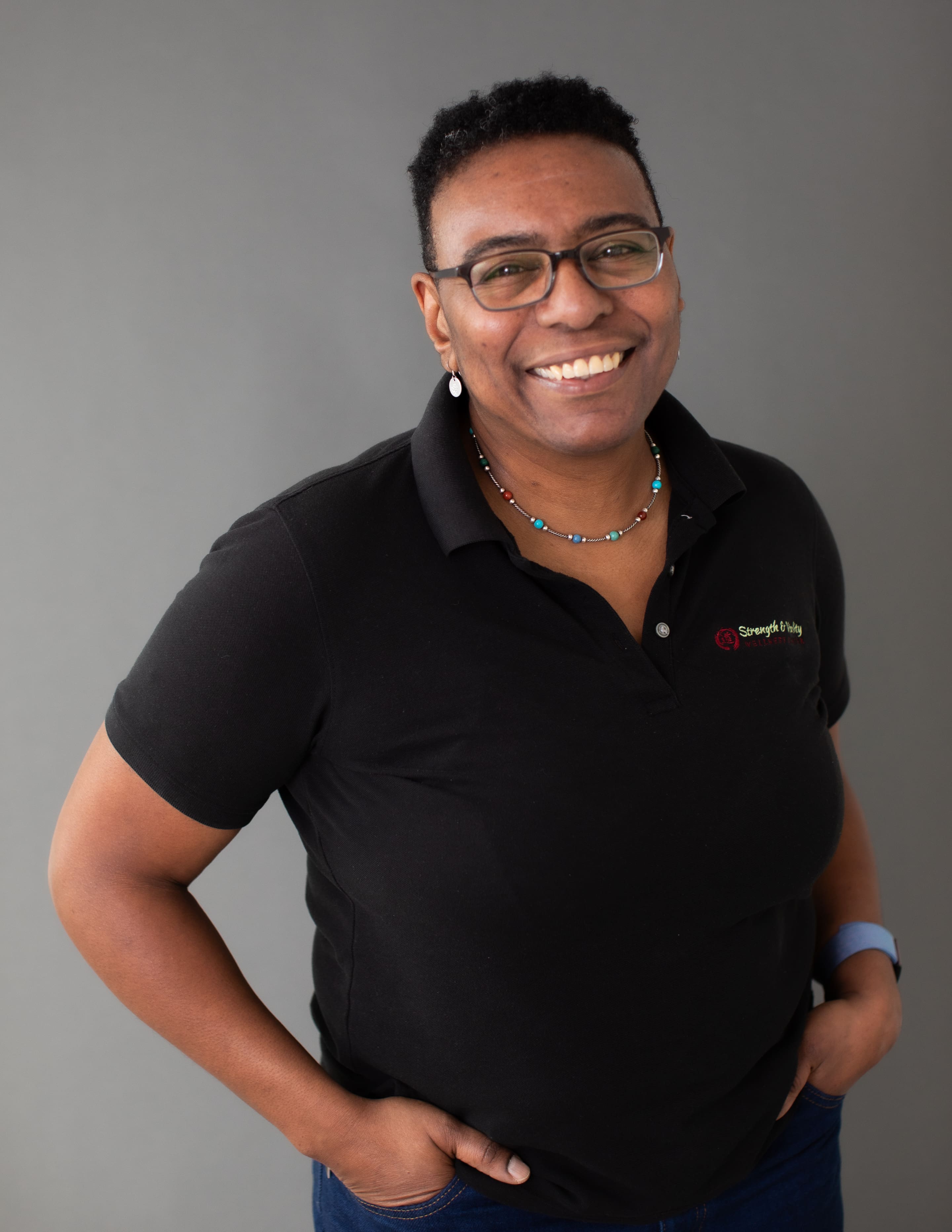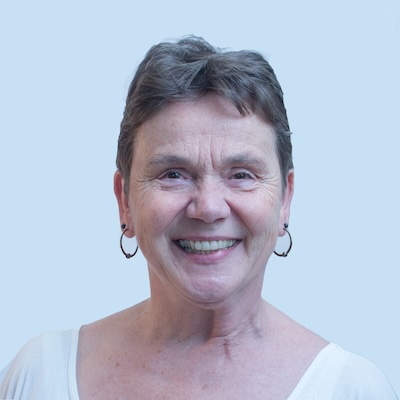CGI Simplifies Localization in Car Advertising – Show #123
- CGI Simplifies Localization in Car Advertising - Show #123 globalmarketingshow 31:23
Faruk Heplevent is founder and CEO of The Scope, a company specializing in computer-generated imaging (CGI) for the automotive industry. He is a pioneer in the industry, leading the charge for a more sustainable process for new car reveals; his client list of brand-name manufacturers throughout the world is proof of how The Scope’s approach and Technology have inspired change.
The process for planning and executing new car reveals has historically been laborious, costly, and time-consuming, requiring at least six months simply for planning. Since the 90s, when photographers relied on “wet” film rather than “dry,” digital film, every catalog and commercial for every new car launch campaign required what Faruk calls the “cost and time of ‘real life.’”
Locations, permits, staff, meetings, logistics, weather/vegetation changes, sustainability issues due to excessive Travel and shipping requirements all came into play in the process, starting with:
- At least 6 months for planning
- Security teams to maintain secrecy
- Logistics around wrapping the car, shipping it out, and receiving it on location, without it being seen (when a new car was on location, it was referred to as “code red.”)
- Flying a crew of 5-6 people to the location – typically either Los Angeles, South Africa, or Spain
- Hiring a local support crew
And last, but certainly not least, the crew would simply hope for – or wait for – good weather. Altogether a complex, expensive, and time-consuming process, with no privacy guarantee.
The traditional shoot locations were versatile, reliable insofar as terrain and backdrop options, with agreeable weather. Localization and globalization requirements, however, meant the output – the “film” – needed to service launches from countries throughout the world, with cultural understanding. In other words, the images had to stay on-brand while accounting for cultural leanings in Asia, which are markedly different from those in Europe or the US, and be conscious of even regional differences.
Hollywood was the first to adopt CGI technology, for special effects in movies and television; for the latter, it meant using the same sound stage for multiple shows, simply by altering the backdrop. The automotive industry was not far behind and Faruk helped lead the charge.
He spent about 8 years perfecting CGI technology for vehicle images, ones matching the quality of a live, on-site shoot. The advancement meant no more worries around weather or location; and, once the “digital twin” – a 3D representation matching visual fidelity and quality of the car – is rendered, it takes just one week to create a final, working prototype image for the decisionmaker’s review.
The result is “possibly even better” than an actual photograph, says Faruk. You can incorporate “creative choices” and the editing process, previously constrained by weather and other factors, is now relatively instantaneous so even “micro-edits” are incorporated.
The Scope is based in Germany and Faruk’s multilingual, international background means he is well aware of the cultural nuances so important to car advertising. Any global launch first addresses a country’s cultural sensitivities; thereafter, the images and messaging are customized to specific markets.
For example, some generalizations remain consistent across continents:
- Europe wants “authentic, not artificial” imagery. What’s accurate and true? Look for “rugged, tangible backdrops” and details.
- Asian countries prefer pristine, fresh air, clean, “aspirational,” high-end photos, in direct contrast to current climate issues such as smog in Beijing.
- The US looks for authenticity mixed with idealism. The culture differs enough from English-speaking European countries that it requires attention. What’s accurate and true, but with a hint at perfection.
“Authentic – that’s the big word these days,” says Faruk. “It’s not supposed to look artificial. Because everyone’s afraid that CGI is going to look artificial because it is artificial by nature.”
The technology easily adds authenticity, toggling among a library of backdrops and details (like colors, flags, currency, people) that can be instantly implemented (or dismissed). Localization and globalization efforts can be even more tailored to a specific audience or geographic region, as a result – white cars in the southern US, more black cars in the north, and no desert or Nordic forest backdrops in the UK, for example.
Throughout, despite superior technologies and our increasing cultural awareness, Faruk is emphatic about having local people review content for cultural propriety, underscoring the never-ending complexity of translation and cultural adaptation.
Links:
Website: www.TheScope.studio
LinkedIn: https://www.linkedin.com/in/farukheplevent/
Connect with Wendy – https://www.linkedin.com/in/wendypease/
Music: Fiddle-De-Dee by Shane Ivers – https://www.silvermansound.com


























